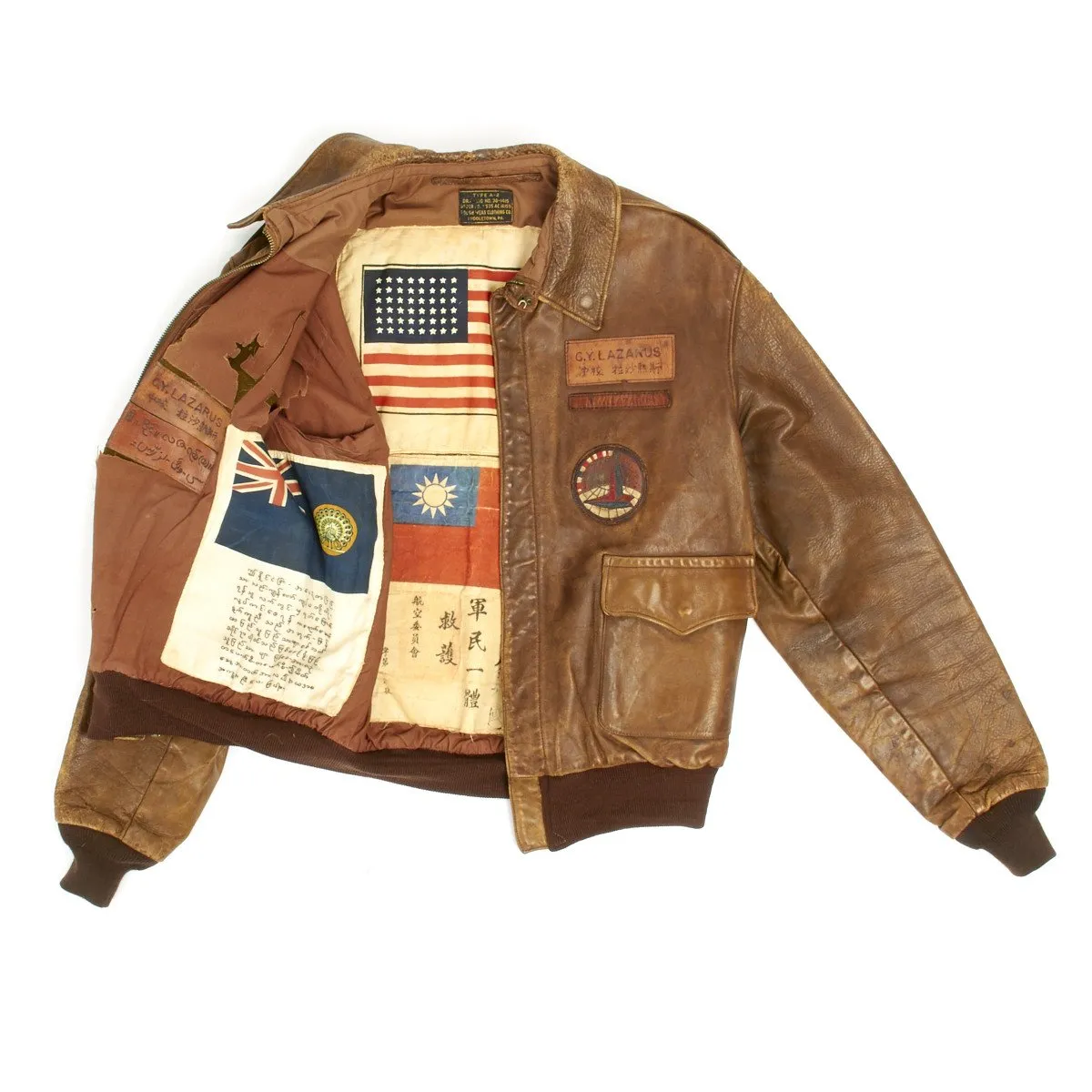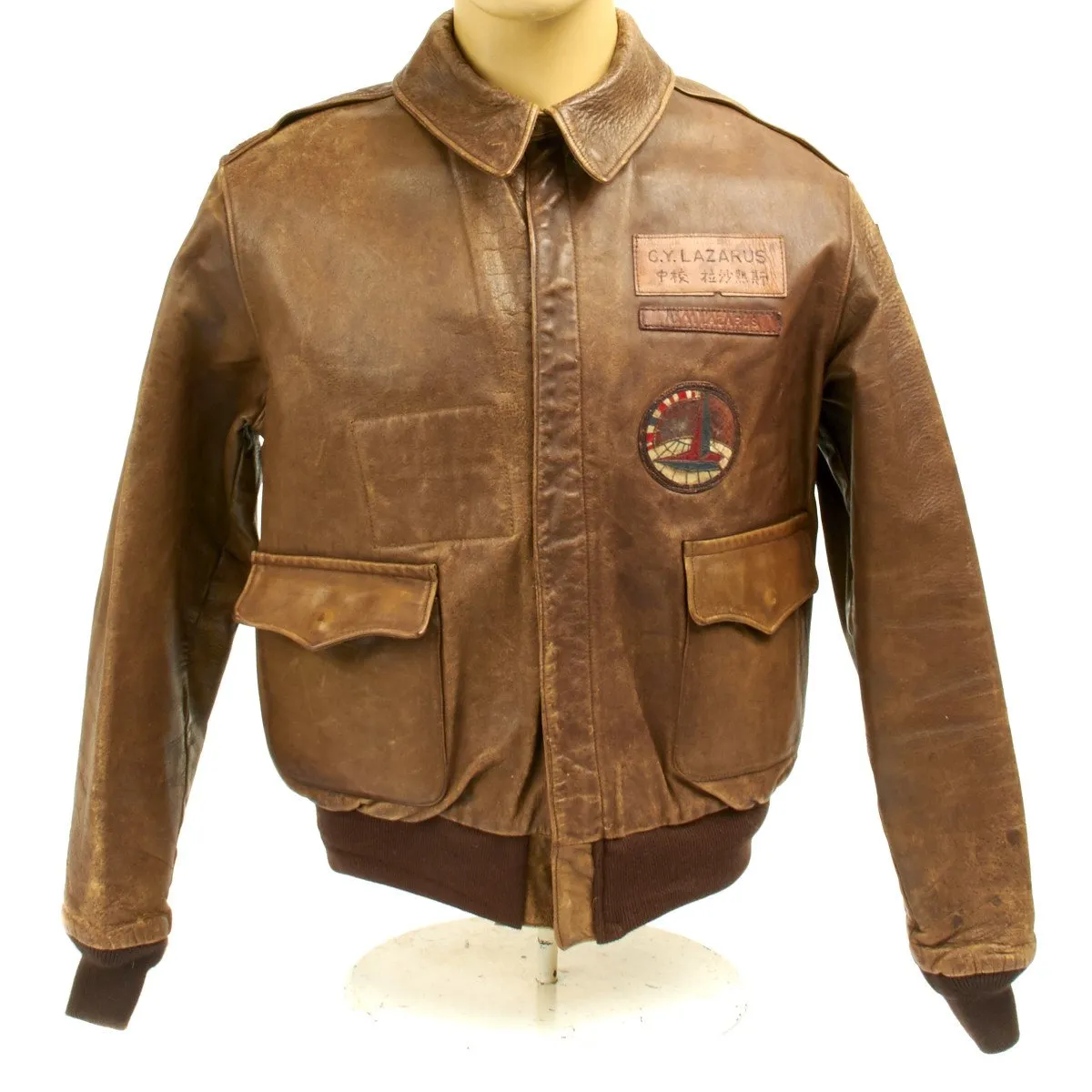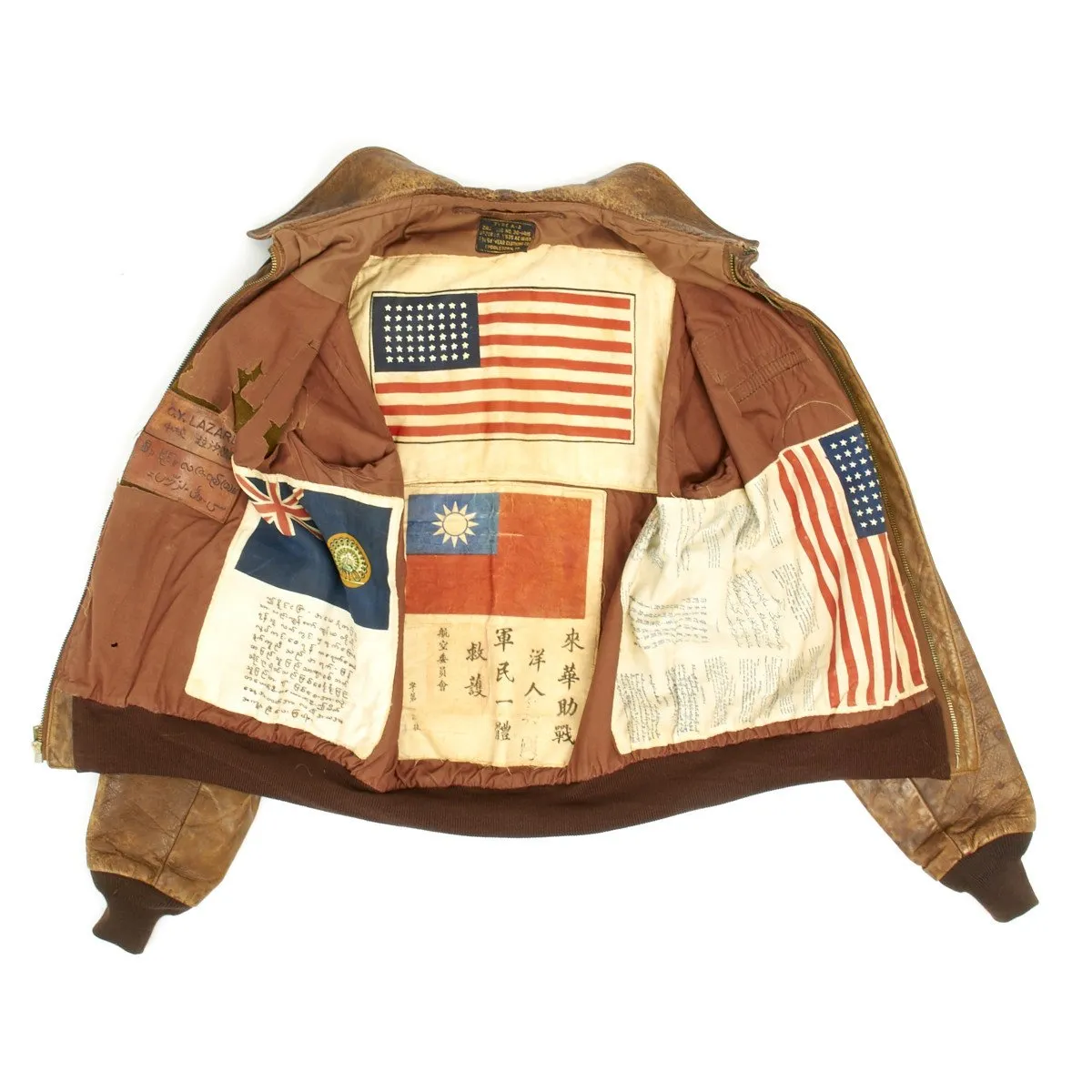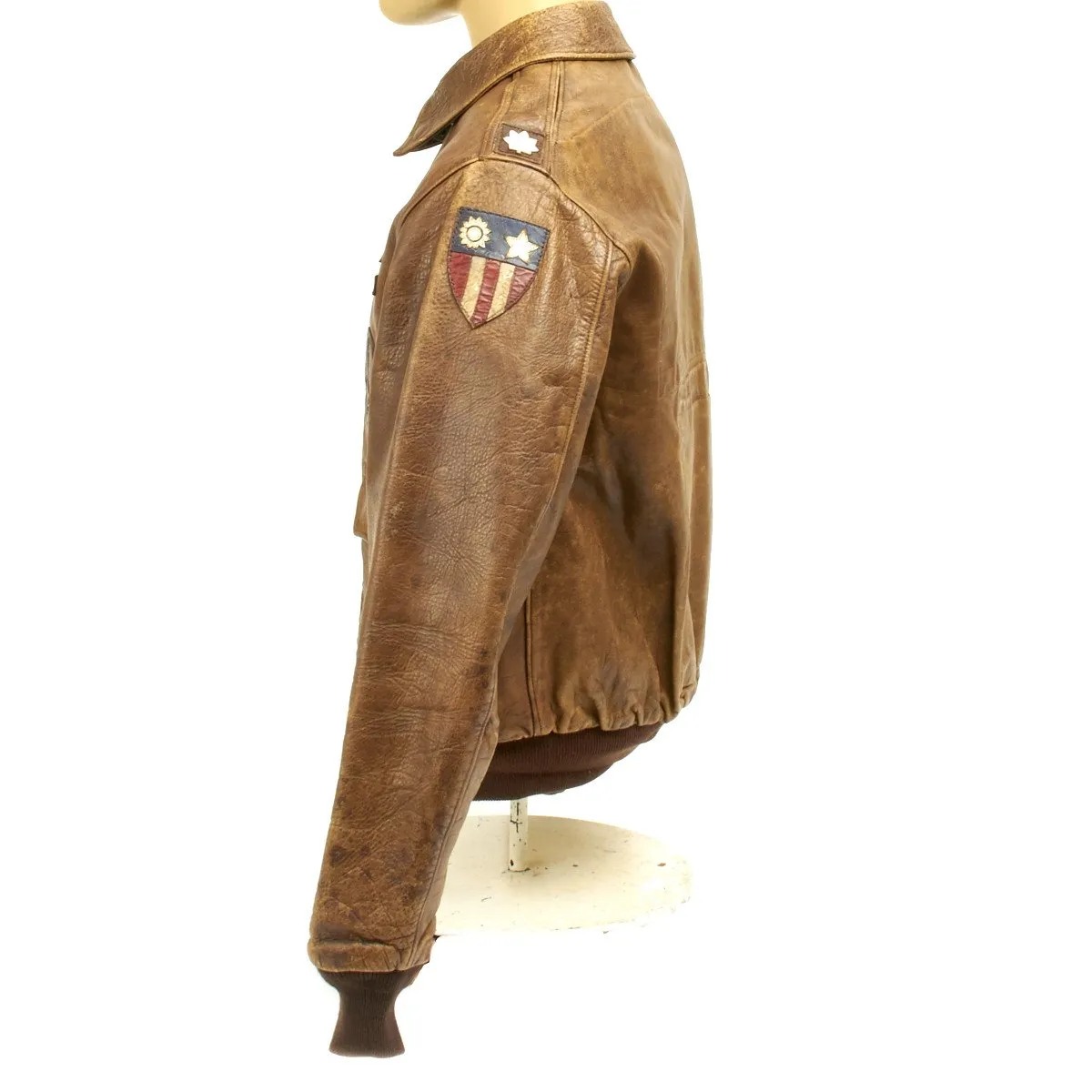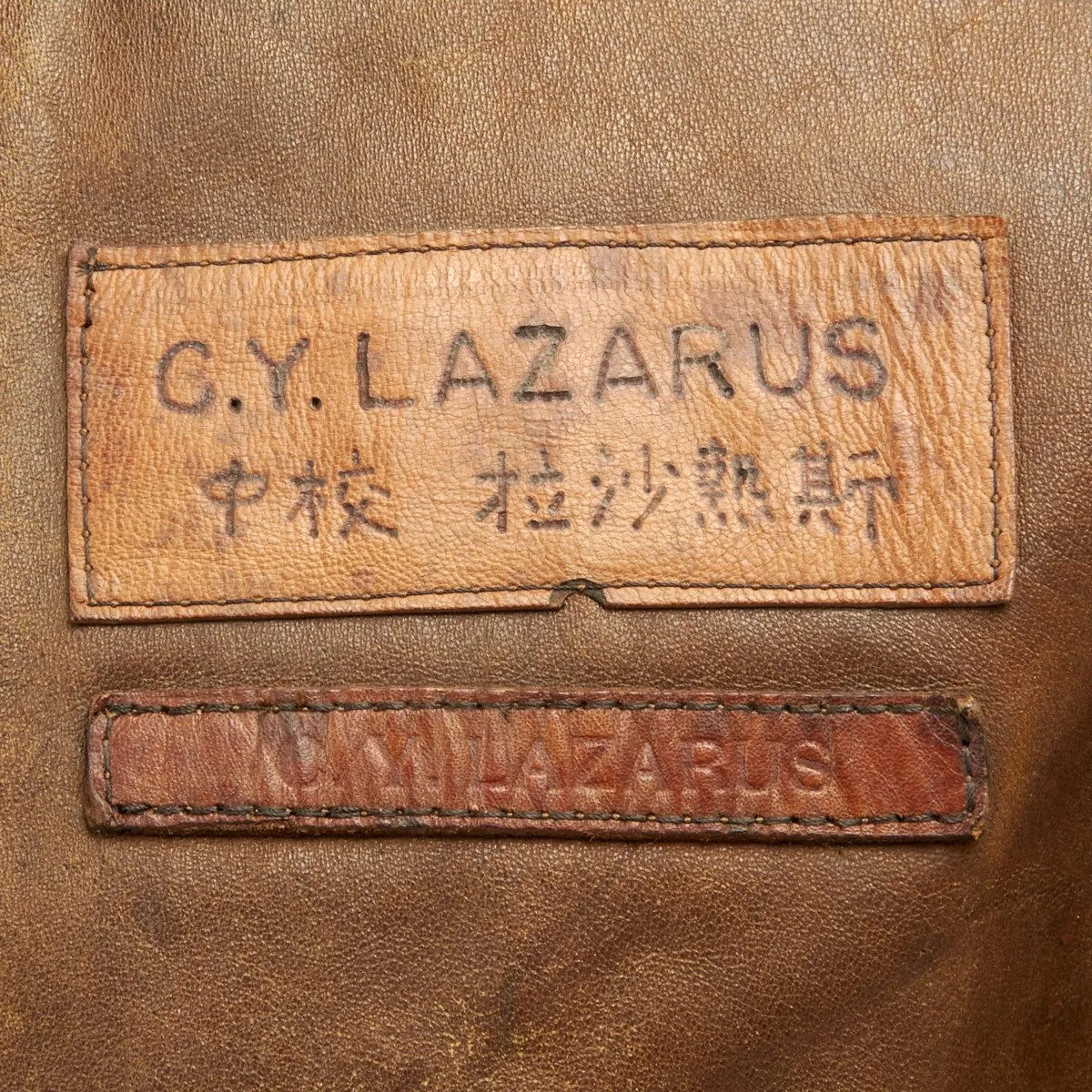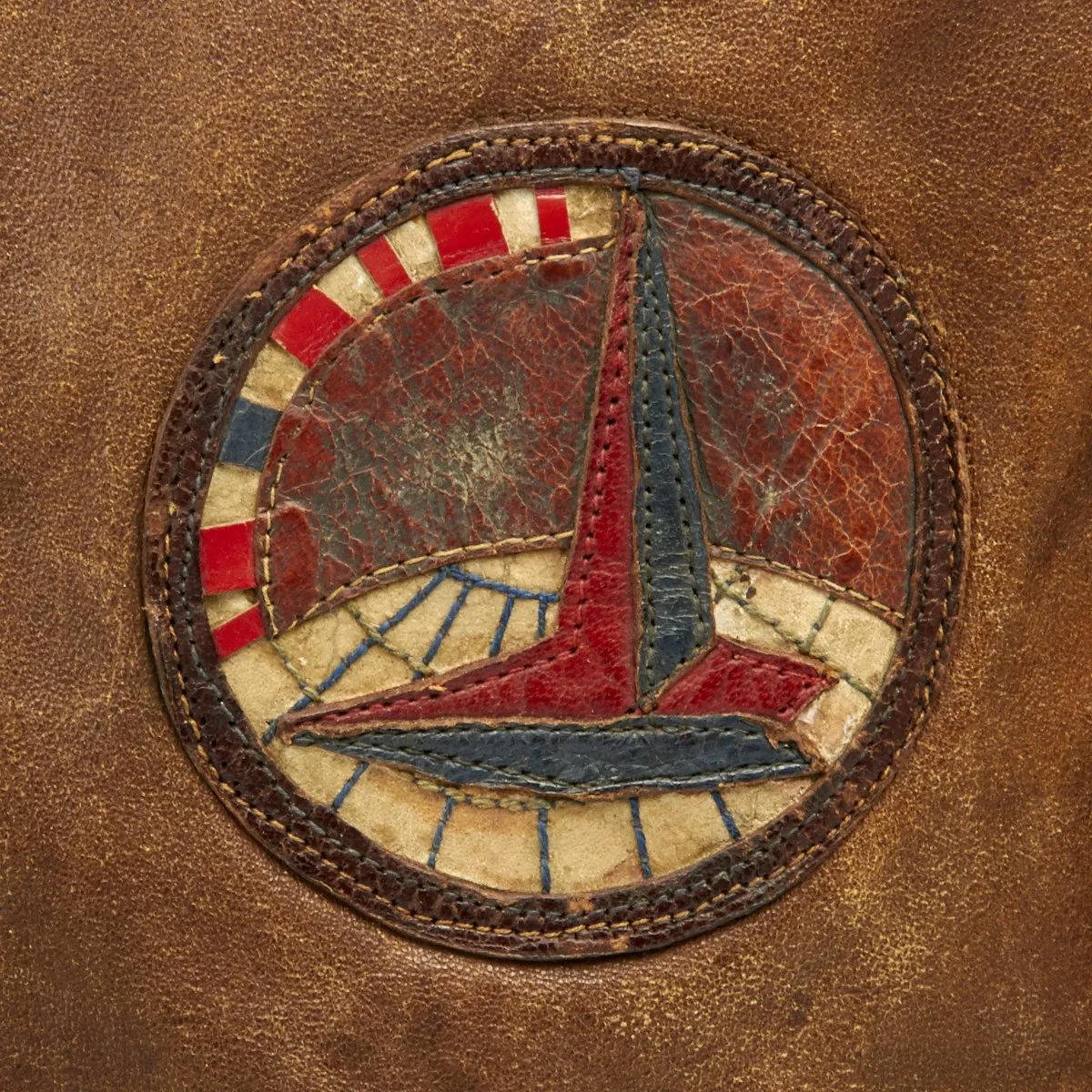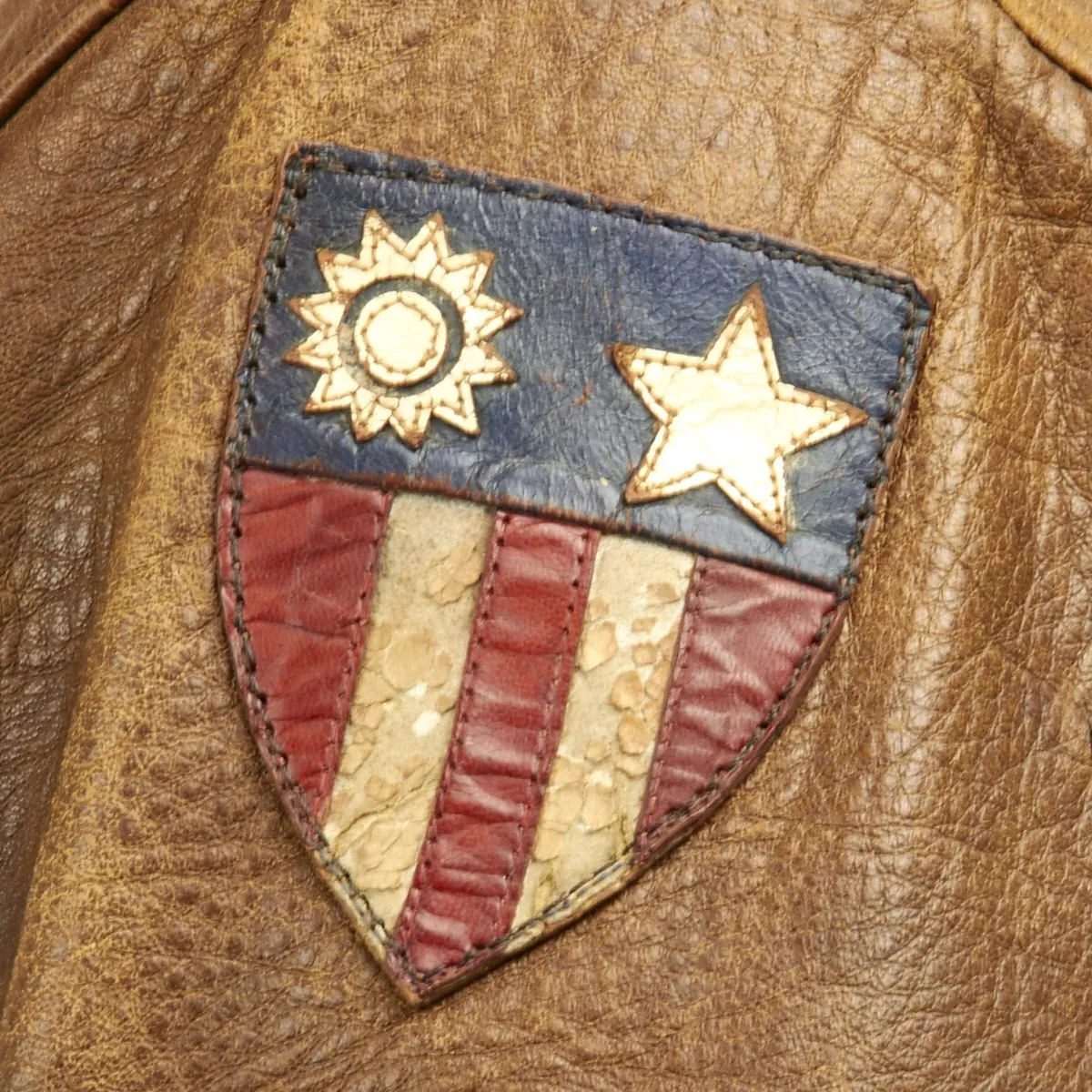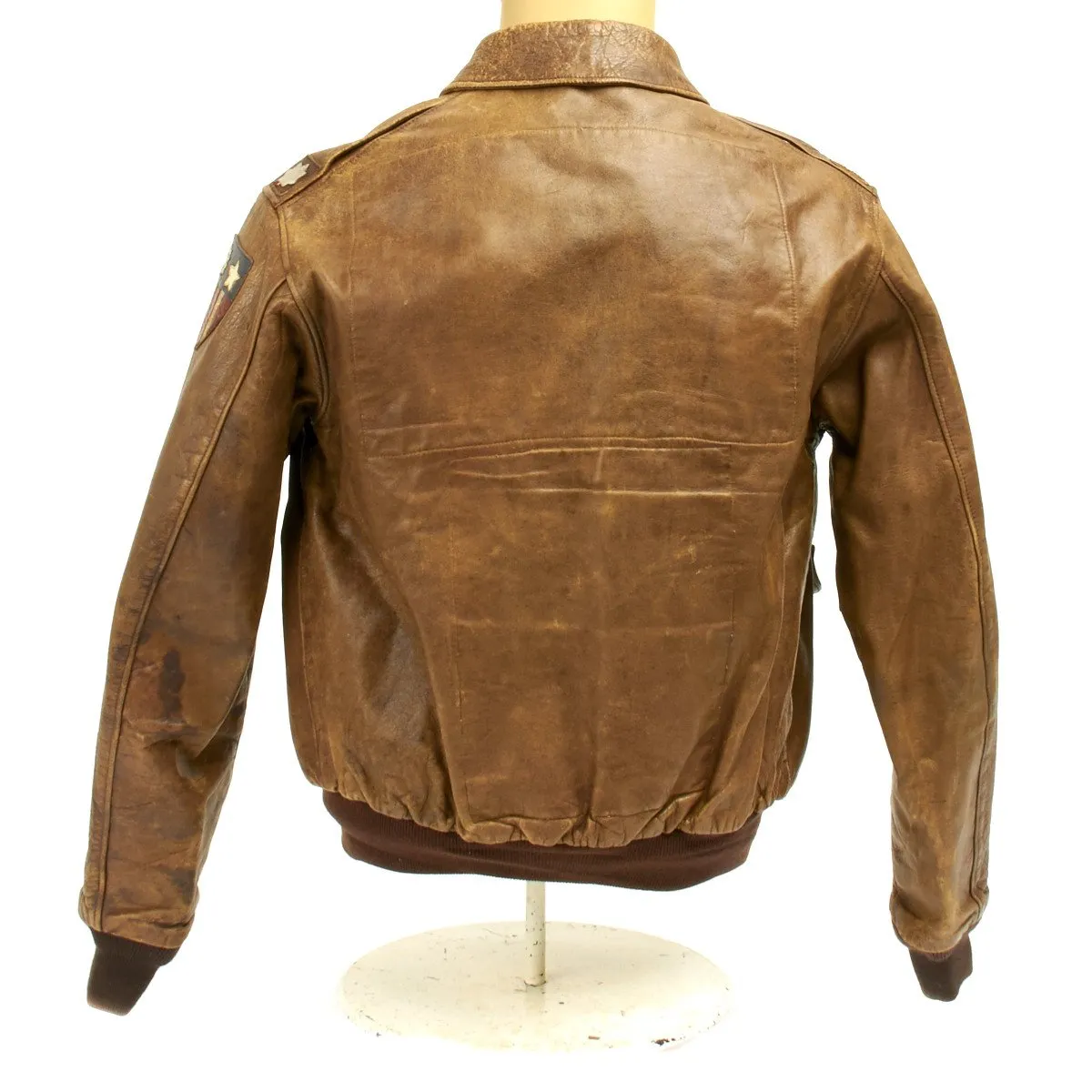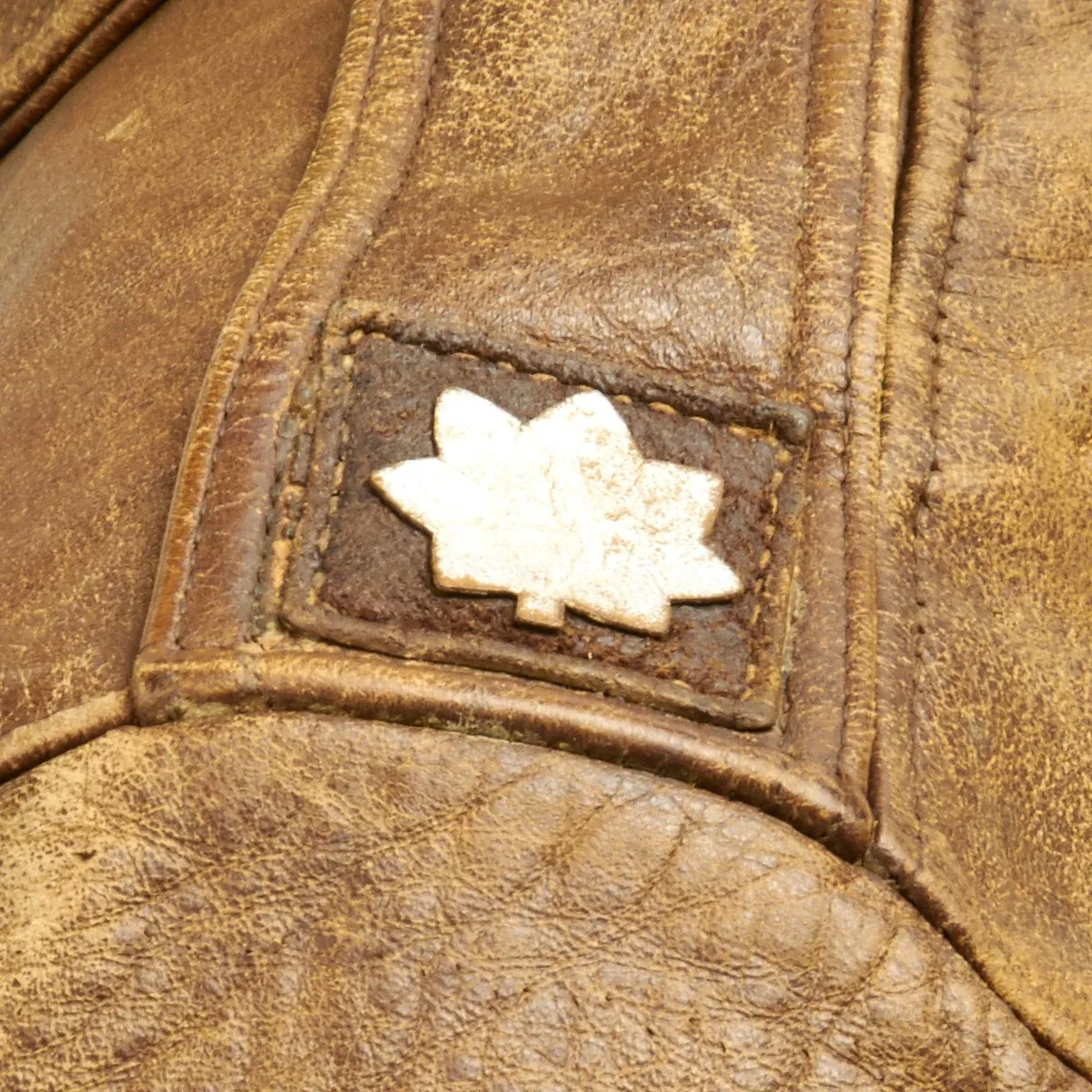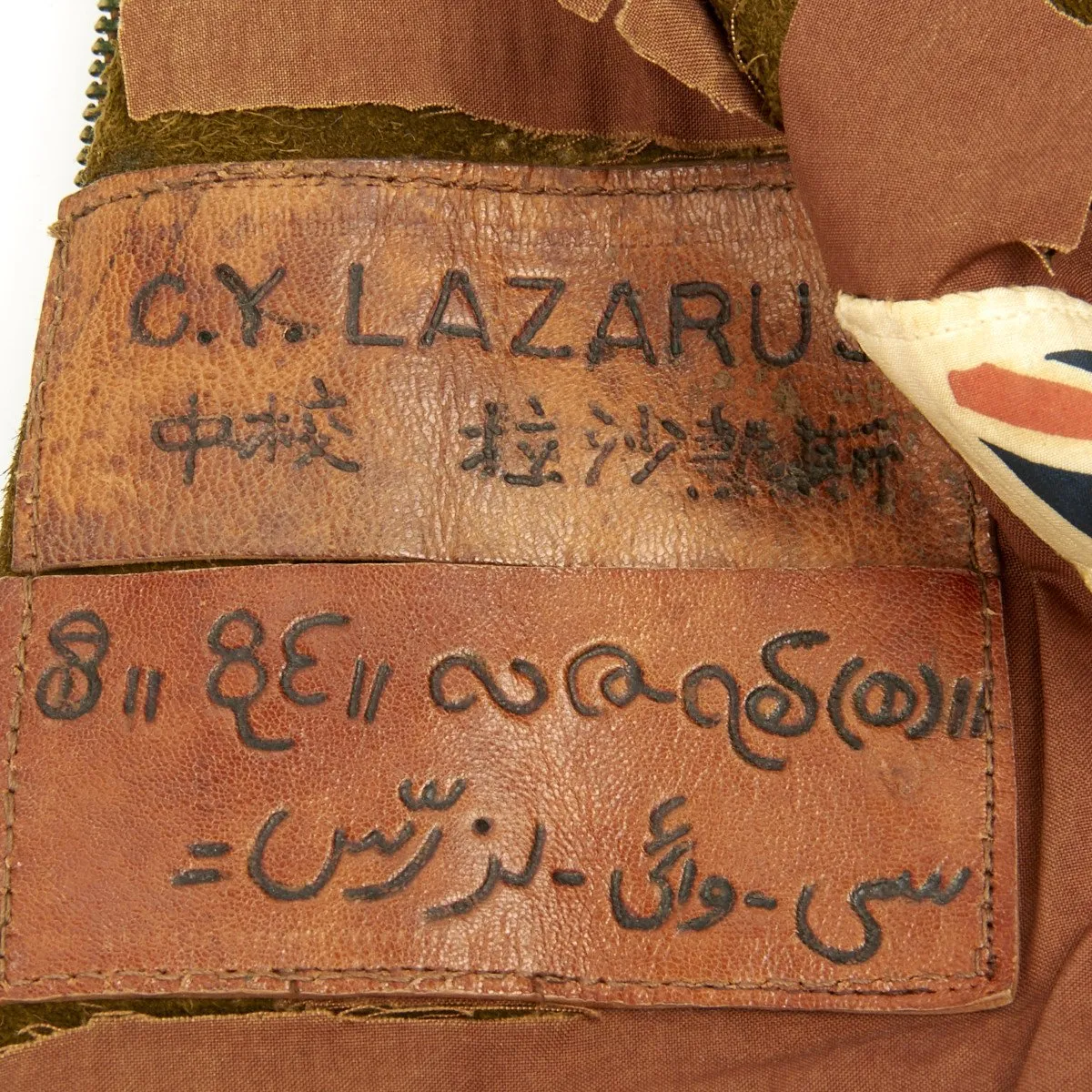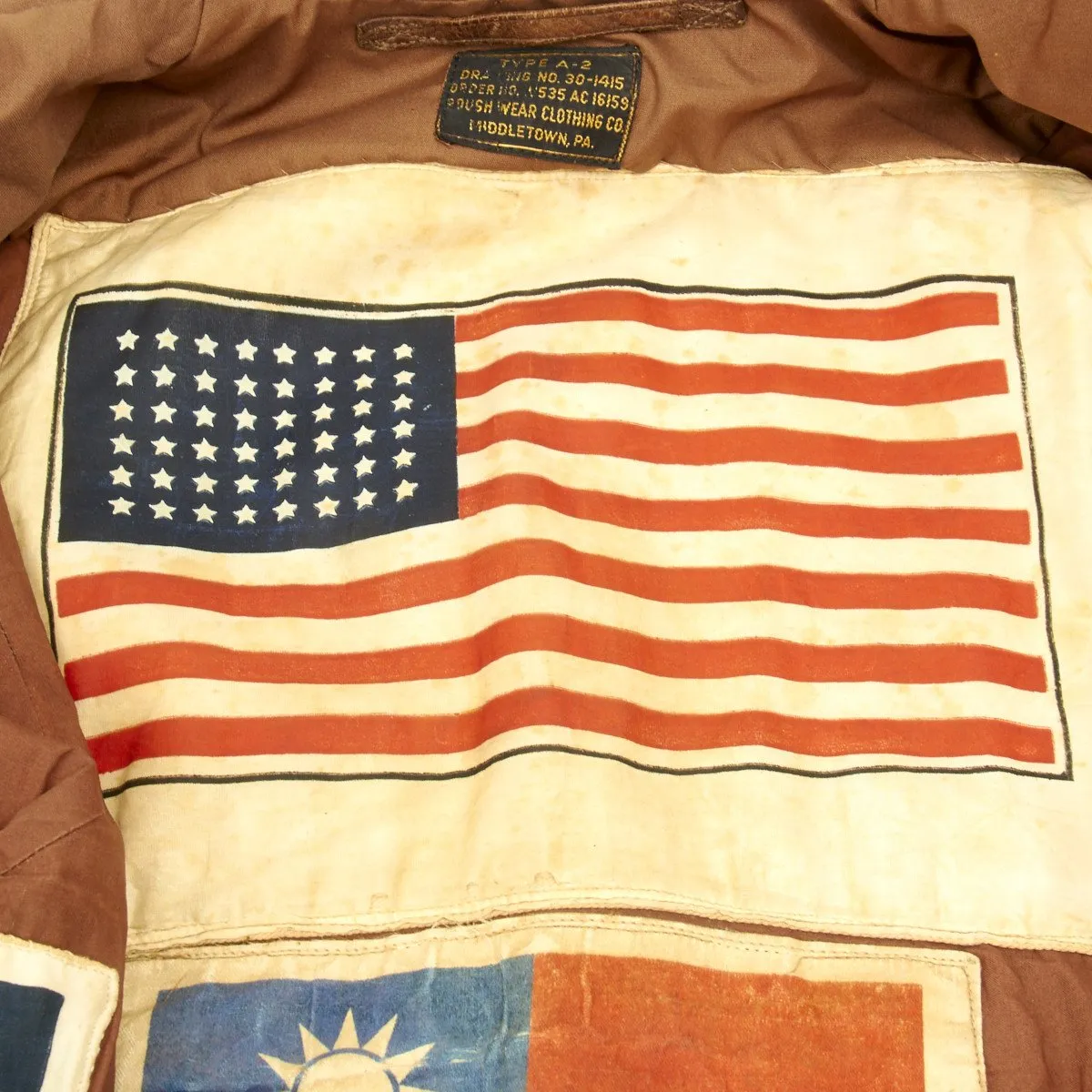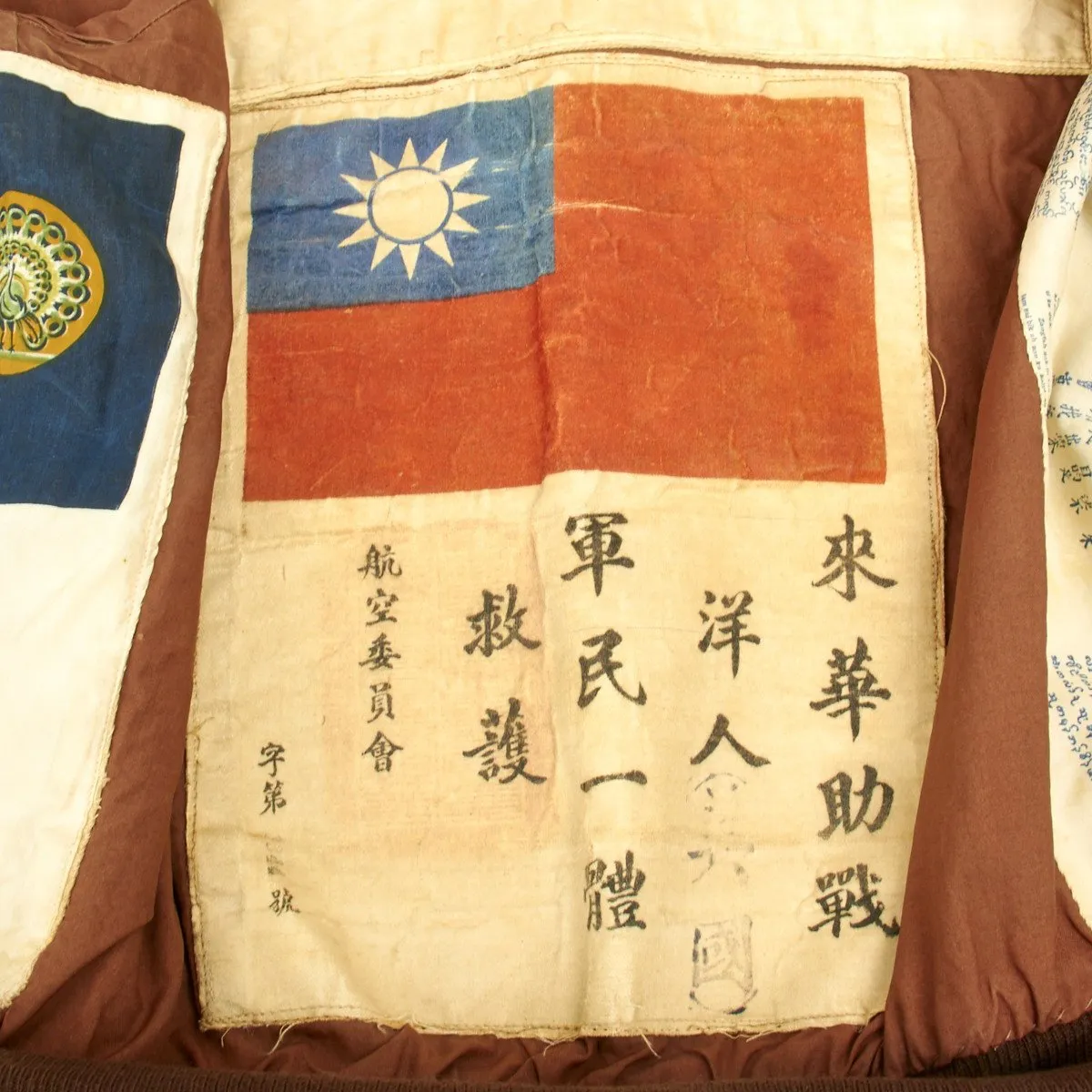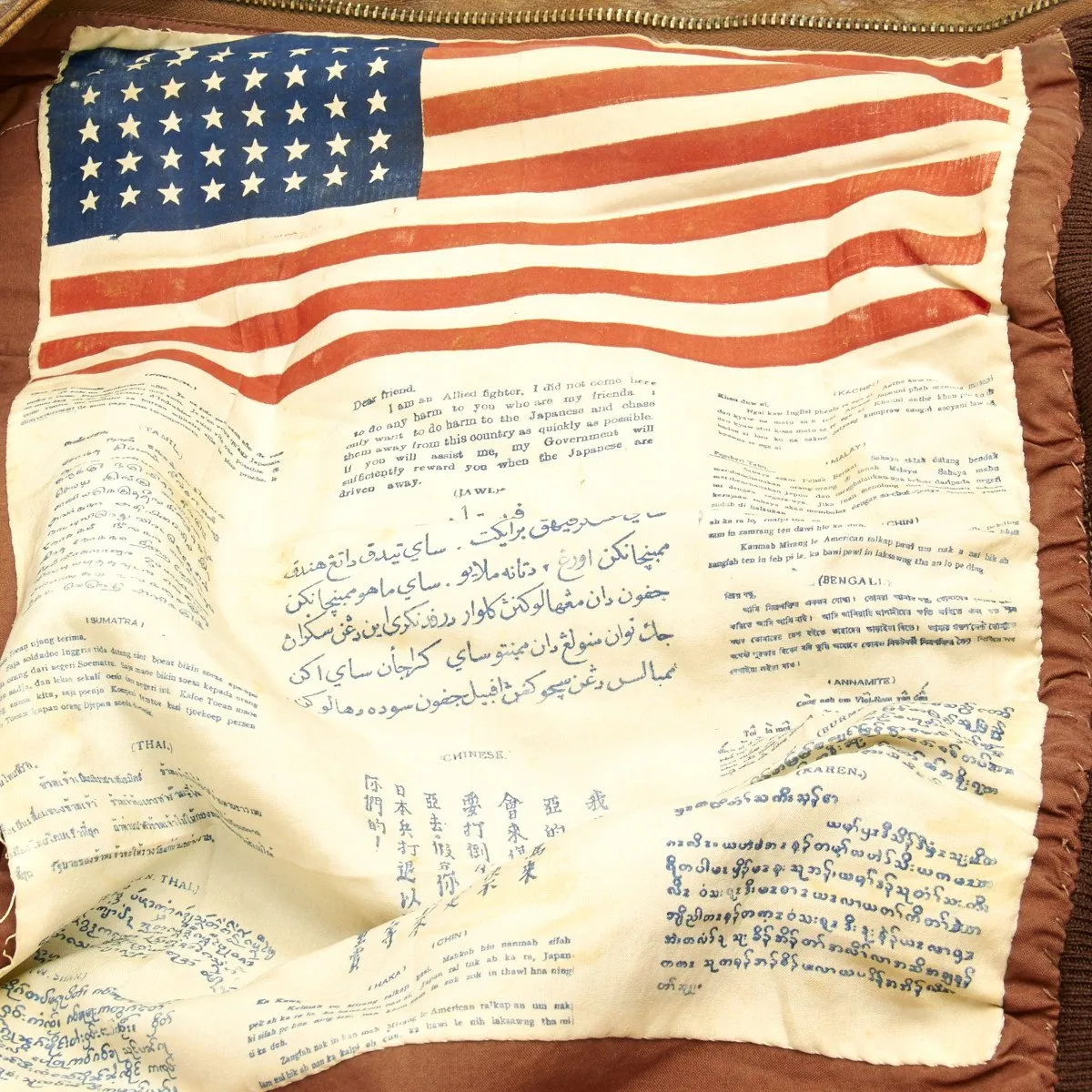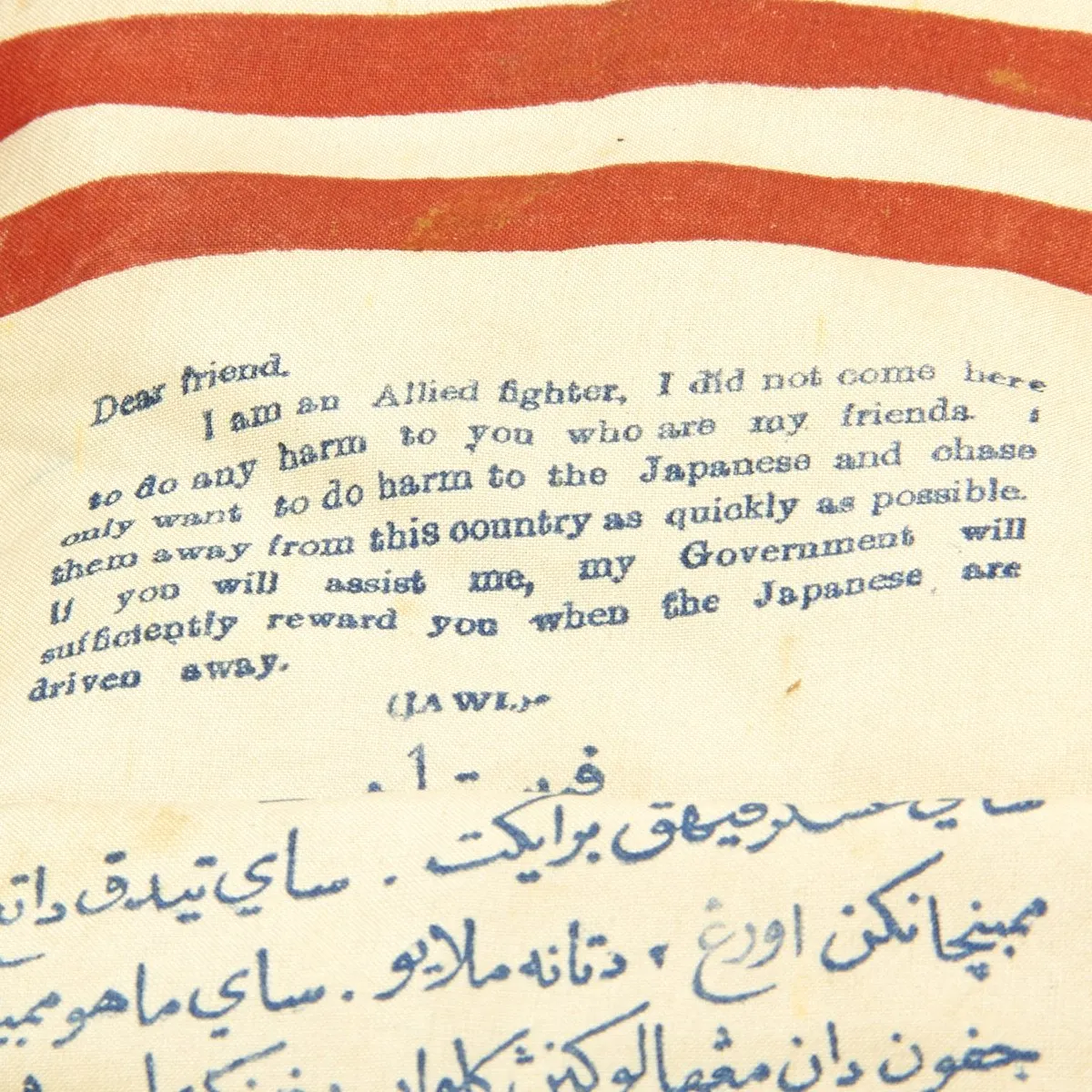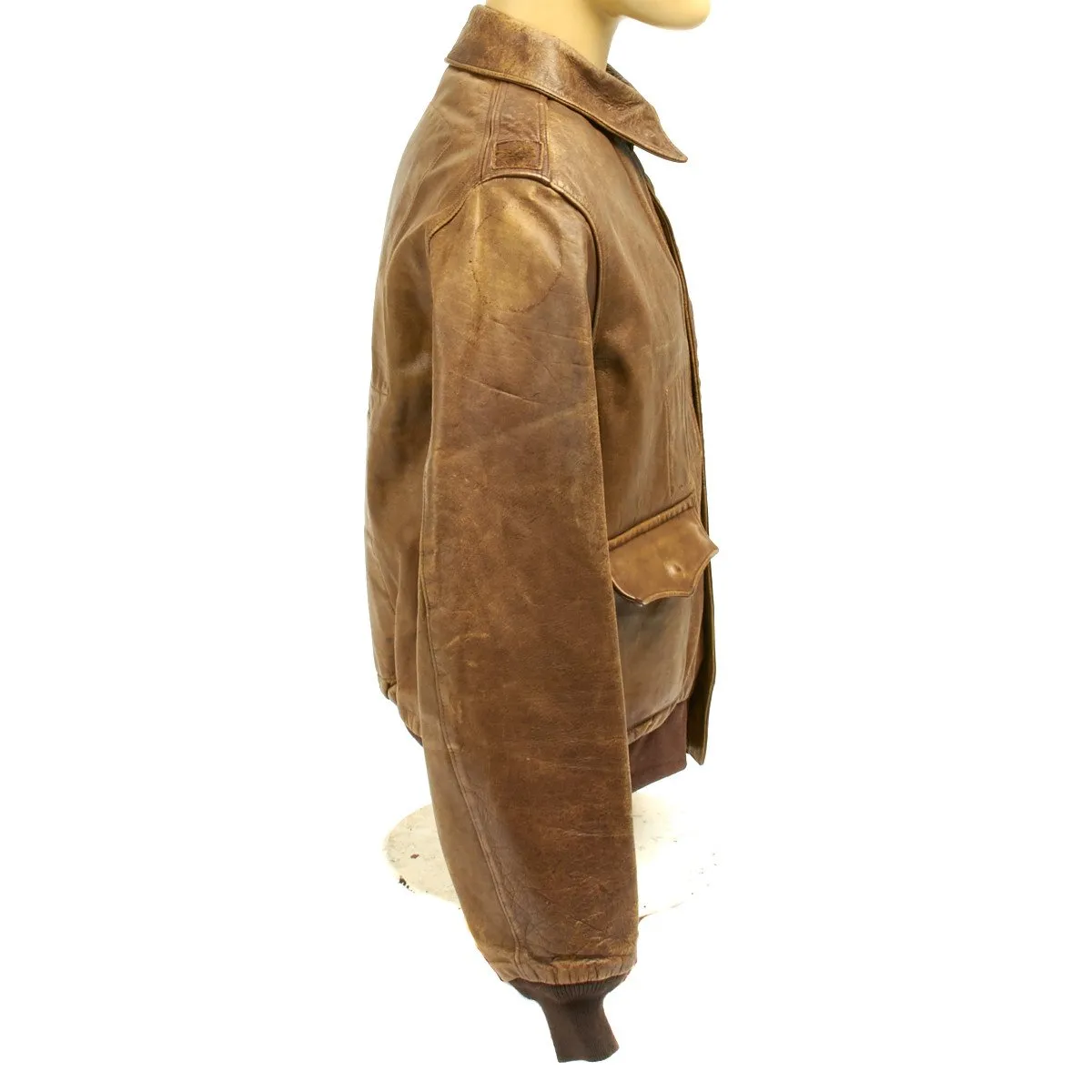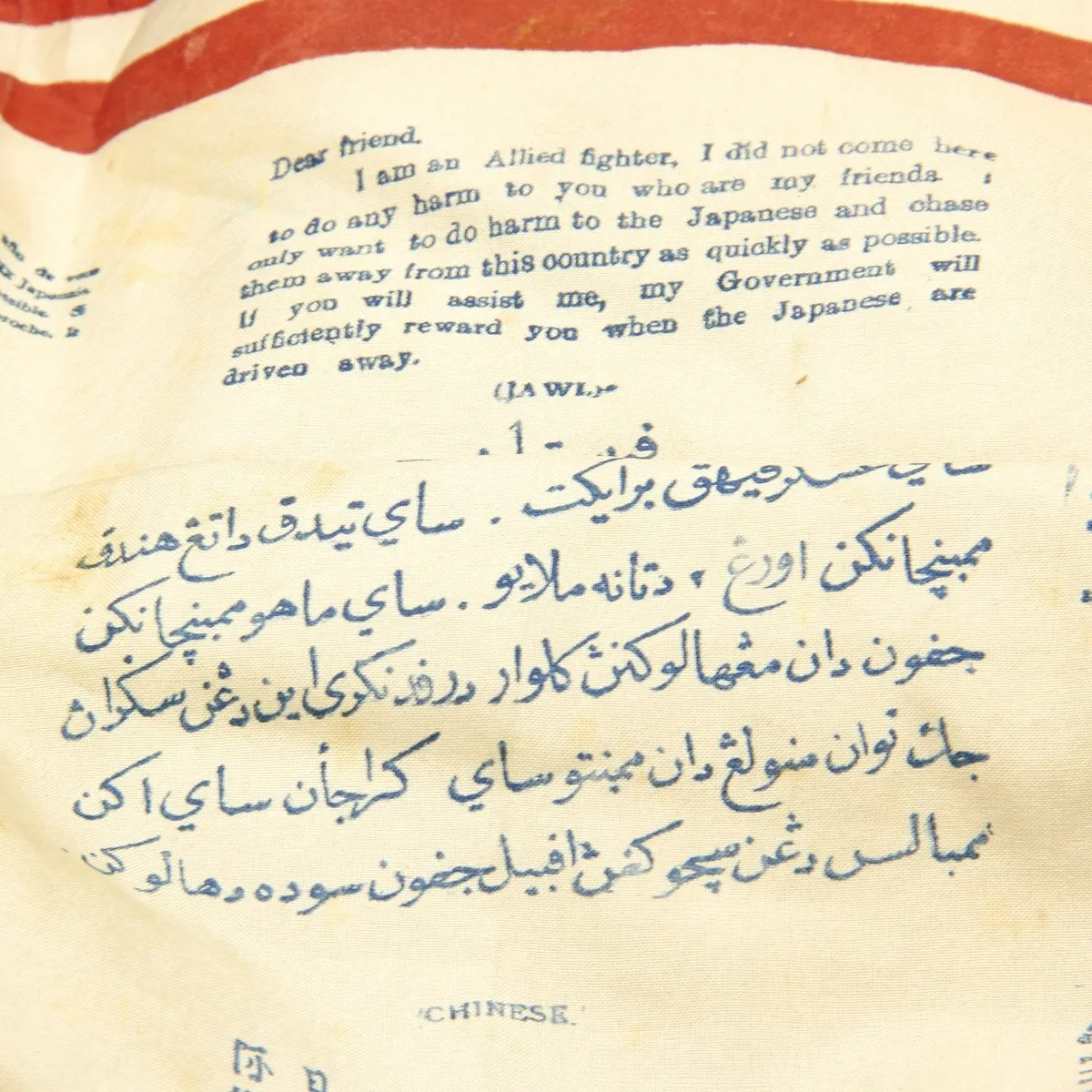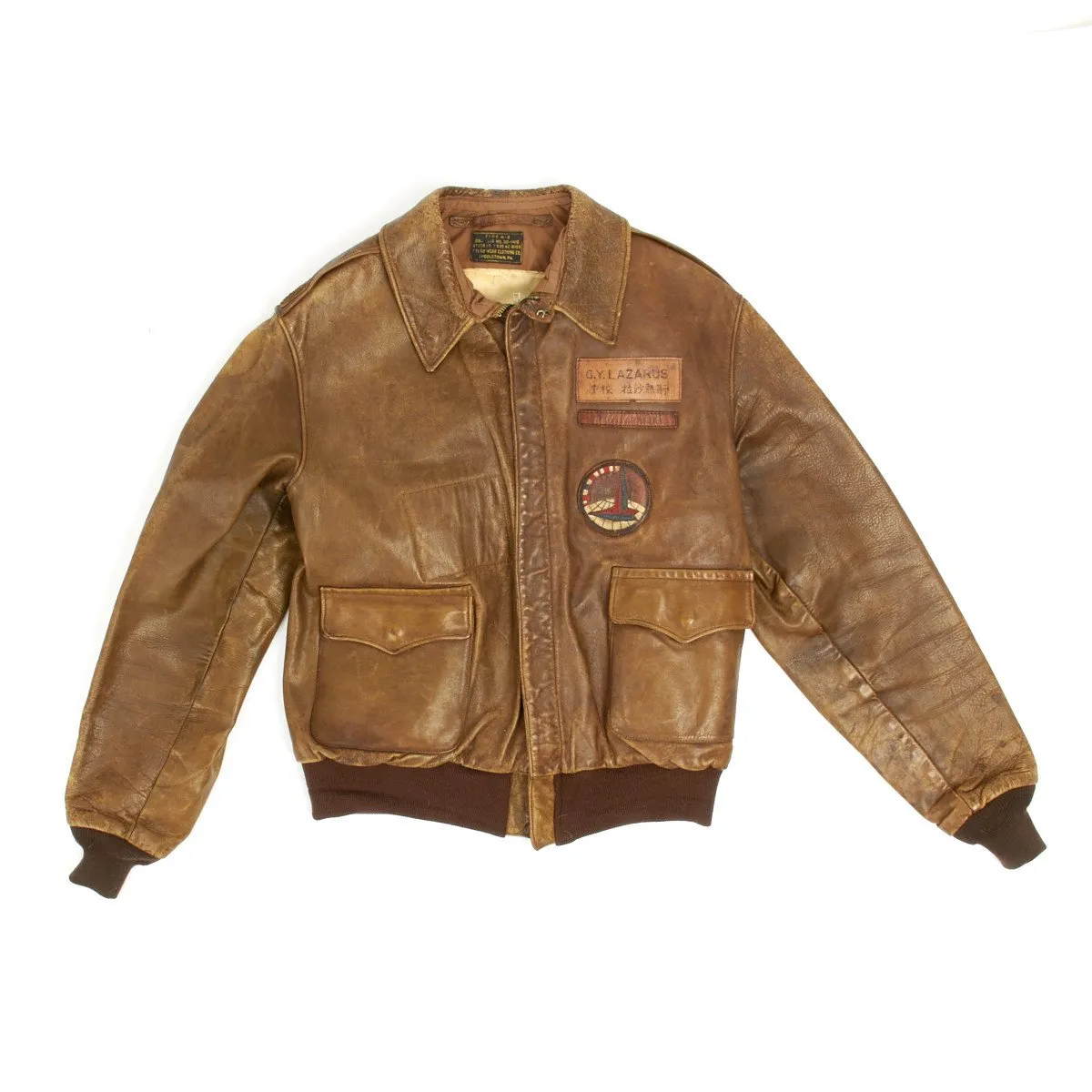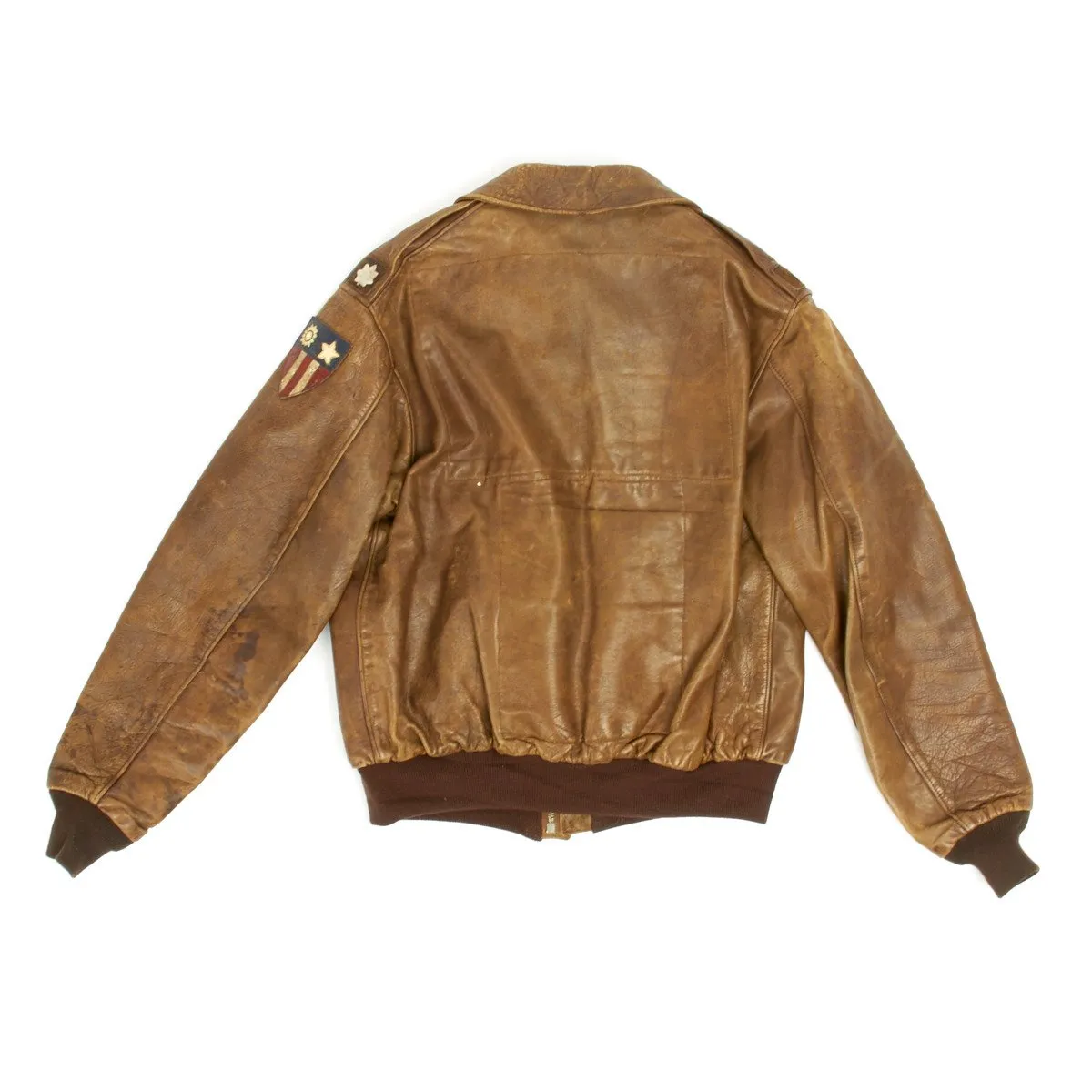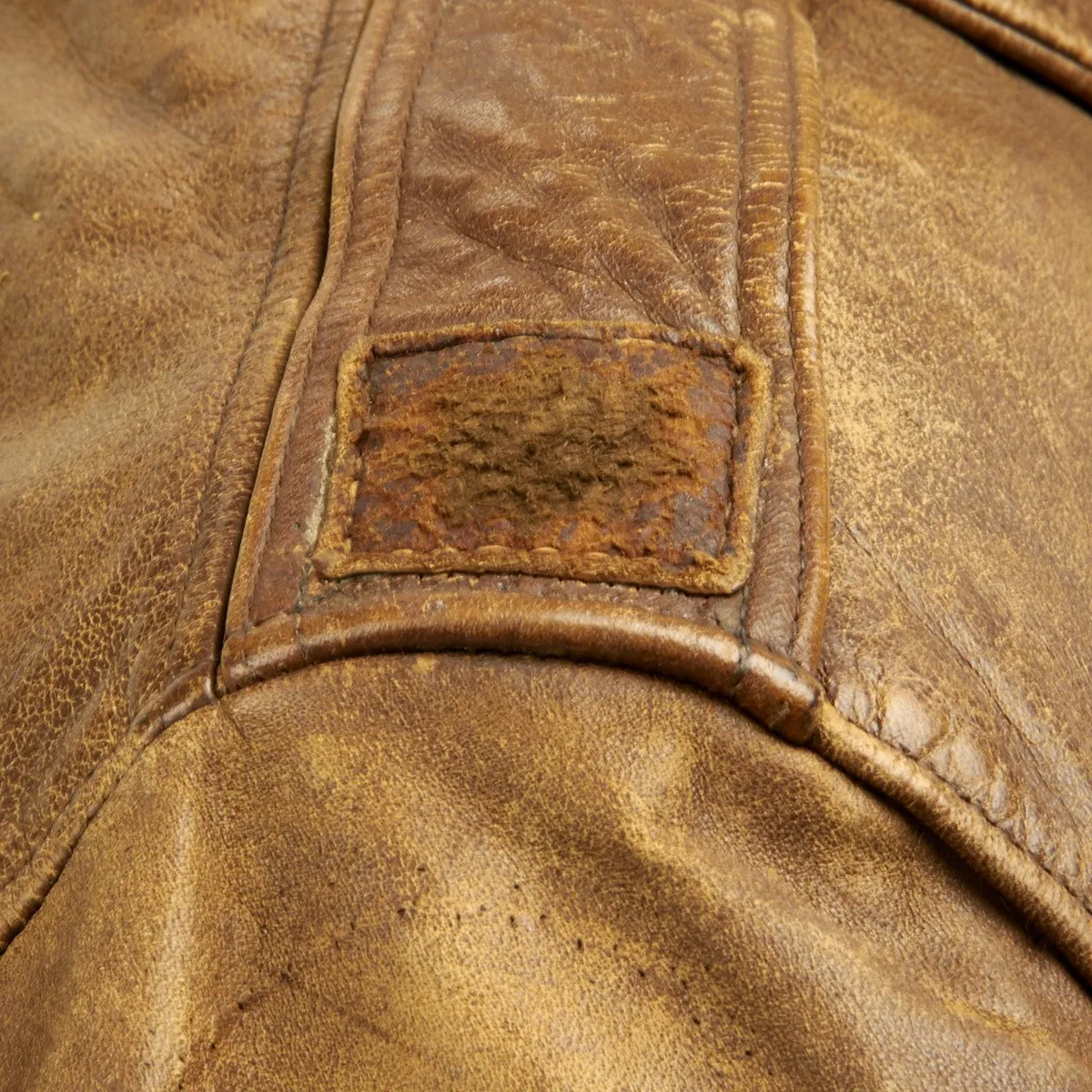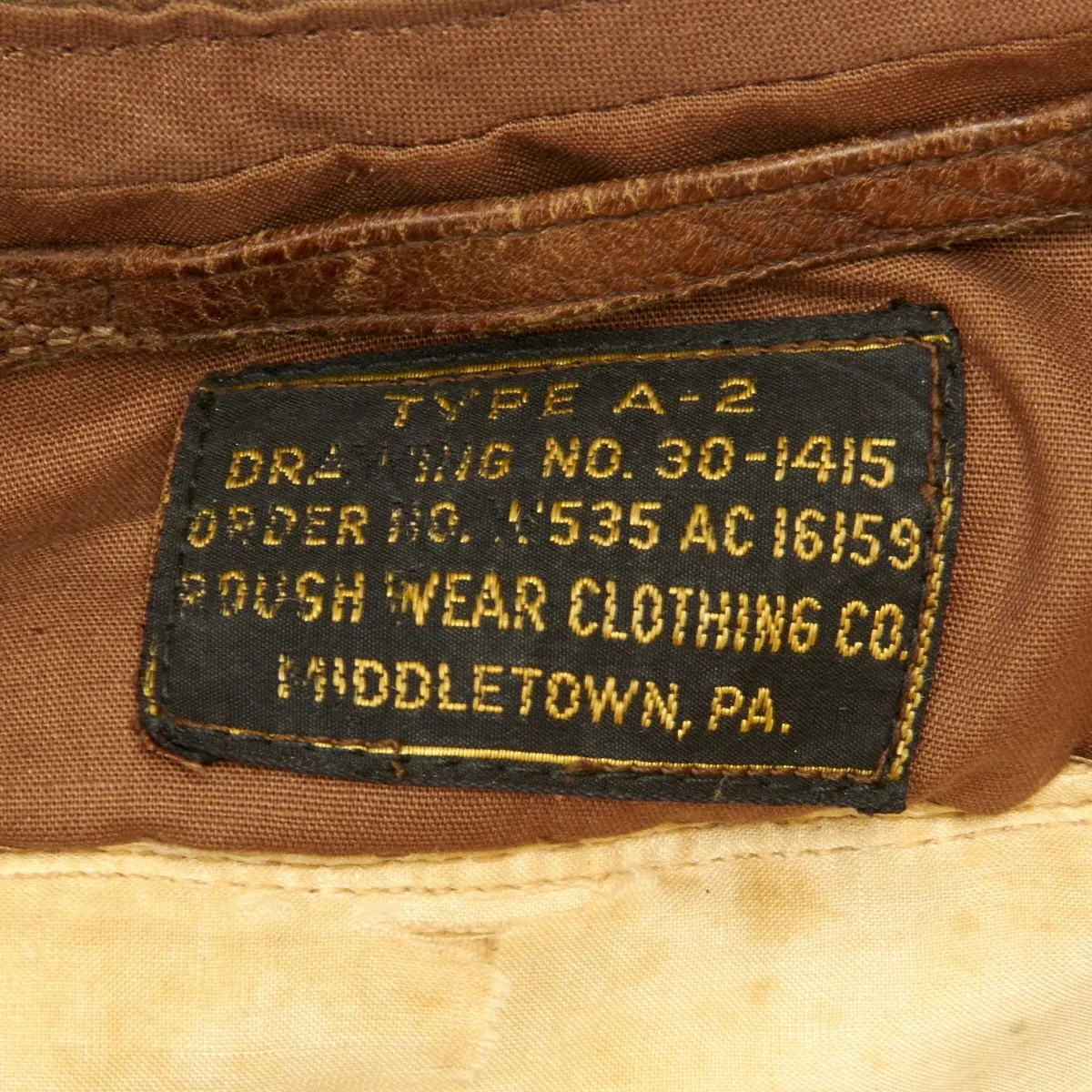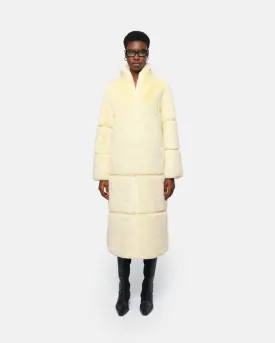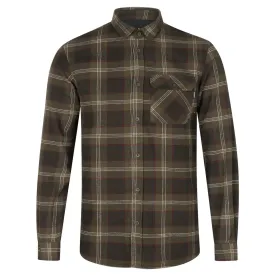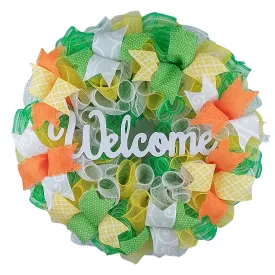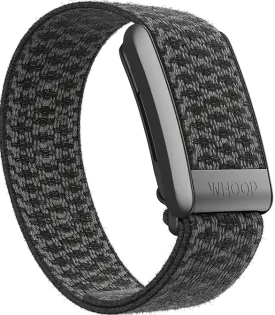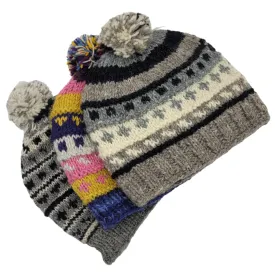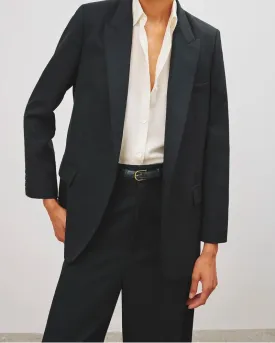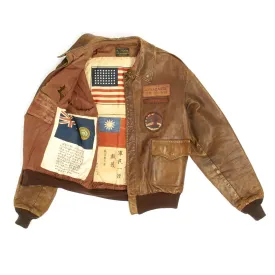Original Item: One-of-a-kind. This is a jaw-dropping A2 leather flight jacket issued to a pilot who served in the Pacific Theatre during WW2. It is in wonderful condition in a large size. All aspects of this jacket are genuine WW2 (yes even the reddish hue waist and cuff bands) including some of the most detailed silk Blood Chits we have ever seen!
Included with this jacket is a 20 page interview with Major Cyrus Lazarus about his experiences during the war. Some of the stories will stop your breath they are so compelling and detailed. This jacket comes directly from his family and the provenance cannot be disputed. Of particular note are the theater made leather squadron patch, theater made leather CBI patch, name patches (both in English and Cambodian) and the leather Major's insignia.
The Type A-2 leather flight jacket is a military flight jacket closely associated with World War II U.S. Army Air Forces pilots, navigators and bombardiers, who often decorated their jackets with squadron patches and elaborate artwork painted on the back. Sometimes casually referred to as a bomber jacket, its original designation was "Jacket, Pilot's (summer)", and its wartime usage was limited neither to pilots nor to bomber crews. The A-2 jacket was awarded to an Army Air Forces officer upon completion of basic flight training, and always before graduating to advanced training. No standard system of distribution was used, though generally airmen lined up in front of boxes containing jackets of various sizes and given the appropriate size jacket by the base quartermaster. A-2s were exclusive to commissioned officers until early in World War II, when also issued to enlisted aircrews. The A-2 was a treasured item to the airman and was worn with as much pride as his wings. As airmen progressed through various duty stations they often added and removed squadron patches, rank marks, and occasionally elaborate artwork depicting the type of aircraft they flew or a copy of the artwork painted on their airplane. Bomber crews often added small bombs to the right front of their jackets indicating the number of missions they had flown. As a result, many jackets ended up with numerous stitch marks as patches of various sizes were removed and replaced when the owner changed units. Unlike Navy aviators, who often wore the patches of every squadron they had ever flown with, AAF personnel could only display the patch of their current assignment. The emblem of the Army Air Forces was often sewn, painted, or applied by decal on the left shoulder, while the shield of the specific Air Force (5th, 8th, etc.) was often displayed on the right. Despite the A-2's becoming a symbol of the American pilot, in 1943 General H. H. "Hap" Arnold canceled any further leather jacket contracts in favor of newer cloth-shell jackets like the B-10 and B-15. Needless to say, Arnold's popularity with his airmen was not improved by his decision. Even after the transition to cloth, existing units could still order replacement A-2s, keeping production going well into 1944. And it was impossible to prevent airmen from continuing to obtain and wear the style as demonstrated by the large number of photos clearly showing Korean War pilots of F-82's and F-86's still wearing the original A-2 issued to them a decade earlier, or newer jackets made to fit their current sizes. Fighter pilots, who often had heated cockpits, could wear the A-2 into combat more easily. Some jackets had a map of the mission area sewn into the lining, which could be used (in theory) for navigation if shot down. Some jackets (famously, those from the China Burma India Theater, and of the Flying Tigers) had a "Blood chit" sewn on the lining or outer back, printed on cloth, which promised certain rewards to civilians who aided a downed airman. In certain ETO units and possibly elsewhere a prerogative of the fighter ace was a red satin lining which was added on confirmation of his fifth aerial kill. Early wartime pictures show entire bomber crews outfitted with A-2s, although at altitude in a bomber they probably weren't too useful. The pilot and copilot had primitive cabin heat on some aircraft and would wear the A-2, while the rest of the bomber crew usually wore heavier fleece-lined Type B-3 or ANJ-4 (and later B-9 and B-11 parkas) which were warmer and better suited to long hours in the severe cold. However, period photos do show A-2s worn by crew underneath heavy outer garments, and candid on-base photos often show crewmen of all ranks in A-2s. A warm and comfortable mouton collar was an addition authorized in mountainous C-B-I commands.




